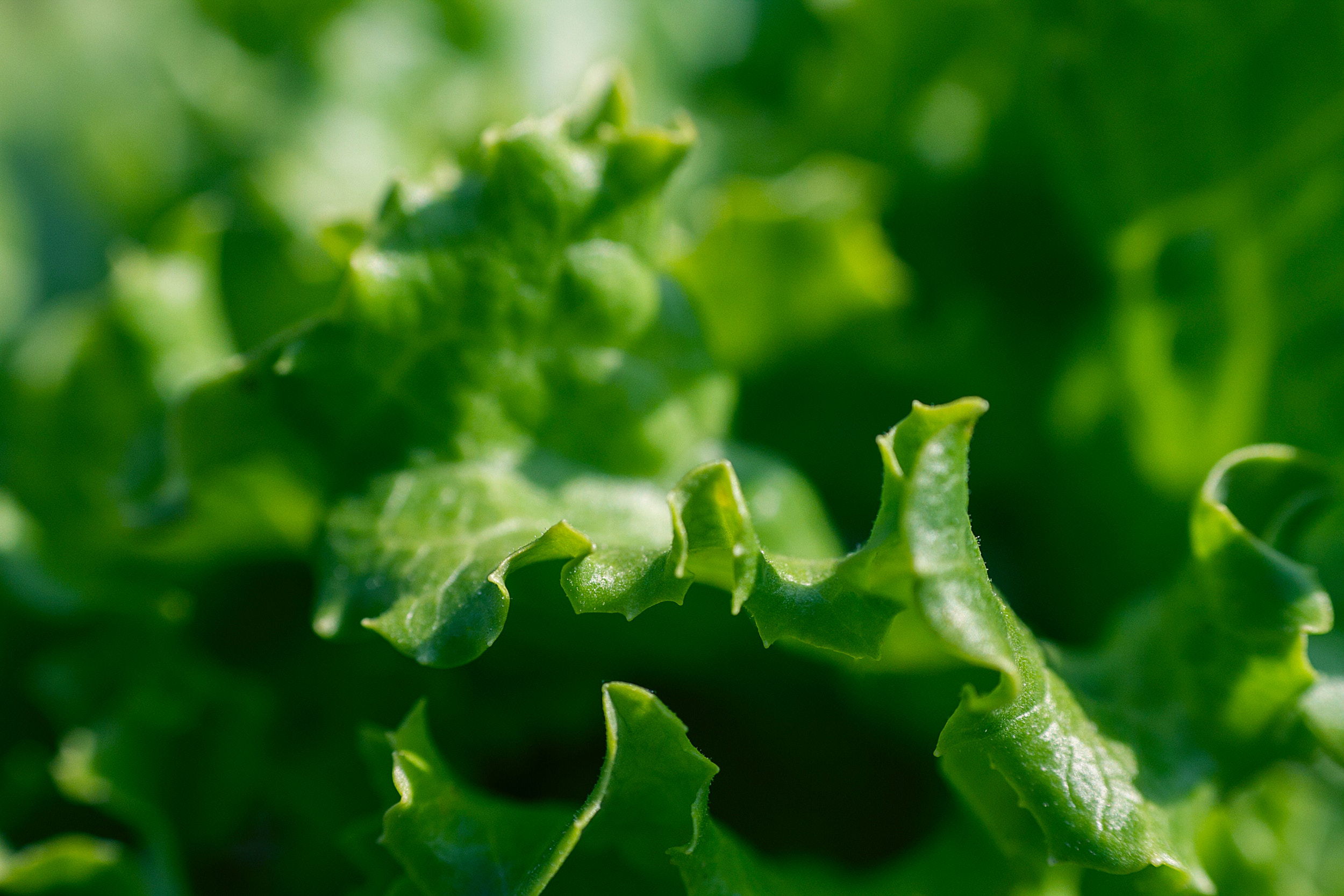September


For those of use who've had a long, dry, hot summer, this month is like the beginning of spring. Nights cool down. Humidity gives way to gentle dry winds, And the plants in the garden are either refreshed or just done. Here's what we can do.
- Cut down those plants that have stopped producing and throw the non-diseased items into the compost. Leave the roots to rot down and feed the soil.
- Put in cold weather crops, like broccoli starts, cauliflower, cabbage, Brussel Sprouts, and fennel. Cover with row cover fabric or netting to protect against the cabbage moth. Also reseed root crops like carrot, turnip, beet, rutabaga.
- Get set for some nice, crunchy, sweet lettuce and greens. Remember red kale, radicchio, mustard greens and arugula. Either direct seed or start indoors. Spinach will often overwinter if you mulch it heavily after the first frost.
- Check the rinds of winter squash to see if they are ready. If you can get your thump nail to dent it, it needs more time.
- Cut down the corn stalks and allow them to dry thoroughly in the sun. These will be wonderful fall decoration to add to lamp posts and fence lines.
- Plant zinnia starts and pinch back the first two leaves so it will branch out and give extra blooms. Add sunflowers to the mix, as well as warm colored cosmos. Consider cold hardy annuals, which will come back in the spring. Think calendula, bachelor buttons, sweet alyssum, bishops lace, or larkspur. There are many more.
- Direct seed more bush wax and green beans. They'll be quick to give a crop.
- If you have 60 days or so, try snow peas again.
- If you have started a fall crop of onions for overwintering, put them in.
- Harvest bunches of herbs while you still can. Parsley freezes perfectly. Basil, mint, thyme, sage and rosemary can be dehydrated,
- Preserve everything you can by freezing, dehydrating or canning.


